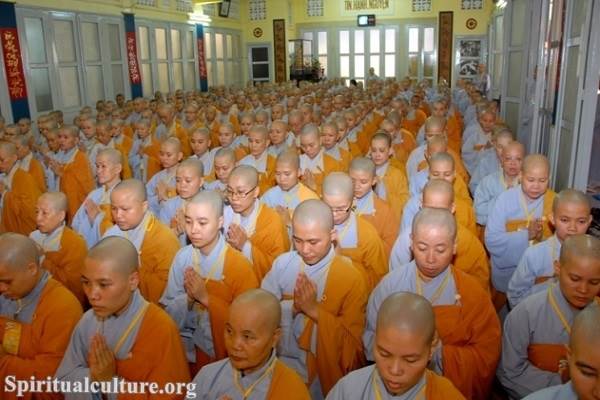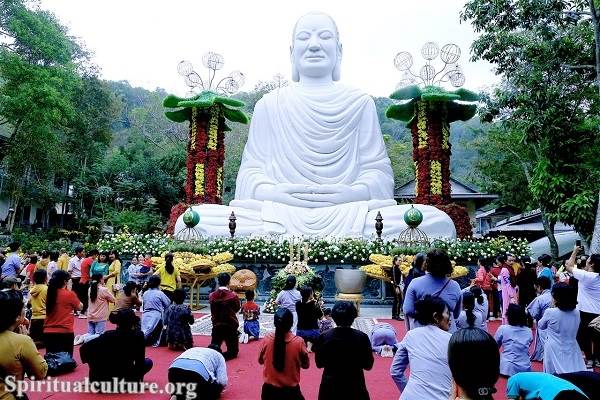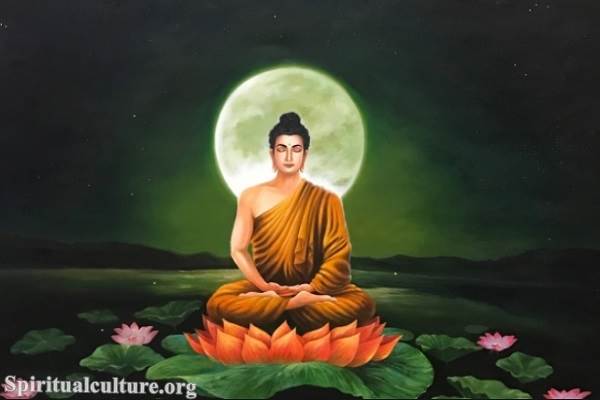The world is filled with diverse cultures and religions, each with its unique traditions and celebrations. One such celebration that is deeply rooted in Buddhism is Vesak. Known as Buddha Day, it is considered the most sacred and significant event in the Buddhist calendar.
In this article, we will delve deeper into Vesak, exploring its significance and how it intertwines with Buddhism.
Vesak: A Glimpse into the Celebration
Vesak is a time-honored Buddhist festival celebrated by millions of Buddhists worldwide. It commemorates the birth, enlightenment, and passing away (Parinirvana) of Gautama Buddha, the founder of Buddhism. These three significant events in Buddha’s life all reportedly occurred on the full moon of the lunar month Vesakha, which typically falls in May.
Buddhism: The Foundation of Vesak
Buddhism is a religion and philosophy that originated from the teachings of Siddhartha Gautama, known as the Buddha. Its ultimate goal is to attain enlightenment, a state of supreme wisdom and understanding that leads to liberation from the cycle of rebirth and suffering.
Buddhism is fundamentally about personal spiritual development and the attainment of a deep insight into the true nature of life. It is these principles that form the foundation for the celebration of Vesak. The festival is an opportunity for Buddhists to reaffirm their commitment to living a moral and enlightened life, following the Buddha’s teachings.
The Meaning of Vesak in Buddhism
Vesak is a day of immense significance in Buddhism as it marks the key turning points in the Buddha’s journey to enlightenment. It is a day for Buddhists to reflect on the Buddha’s teachings and to reaffirm their commitment to lead a life of morality, wisdom, and mindfulness.
The Birth of Buddha: Vesak celebrates the birth of Prince Siddhartha Gautama in Lumbini (present-day Nepal) around 563 BCE. His birth is of great significance as Buddhists believe that he was born to fulfill the prophecy of becoming a Buddha.
The Enlightenment of Buddha: Vesak also commemorates the Buddha’s attainment of enlightenment under the Bodhi tree in Bodh Gaya, India. After a long period of meditation, he achieved the realization of the Four Noble Truths, the fundamental teachings of Buddhism.
The Passing of Buddha: Vesak marks the passing away or Parinirvana of the Buddha at the age of 80 in Kushinagar, India. It is believed that upon his death, he achieved complete Nirvana, escaping the cycle of death and rebirth.
Vesak Celebrations
Vesak is a day of joy, peace, and reflection. Celebrations vary across different countries and cultures, but common practices include making donations to temples, engaging in meditation, chanting scriptures, and participating in processions. It is also customary to observe the Five Precepts, the basic ethical guidelines for the followers of Buddhism.
Vesak lanterns, often handmade and brightly colored, are a common sight during the festival. These lanterns symbolize the light of the Buddha’s teachings, illuminating the world with wisdom and compassion.
In many countries, devotees also release birds, insects, and animals as a symbolic act of liberation, reflecting the Buddha’s teachings on compassion for all beings.
Vesak: A Reminder of Buddhist Teachings
Vesak is more than just a celebration; it is a reminder of the core teachings of Buddhism. It is a time for Buddhists to reflect upon the Buddha’s teachings of compassion, patience, and kindness. It is a time to practice mindfulness, to cultivate inner peace, and to strive towards enlightenment.
In conclusion, Vesak is a profound celebration that encapsulates the essence of Buddhism. It serves as a powerful reminder of the Buddha’s teachings and the path to enlightenment. Whether you are a practicing Buddhist or simply someone interested in learning more about Buddhism, participating in Vesak can offer a deeper understanding of this ancient and profound religion.




